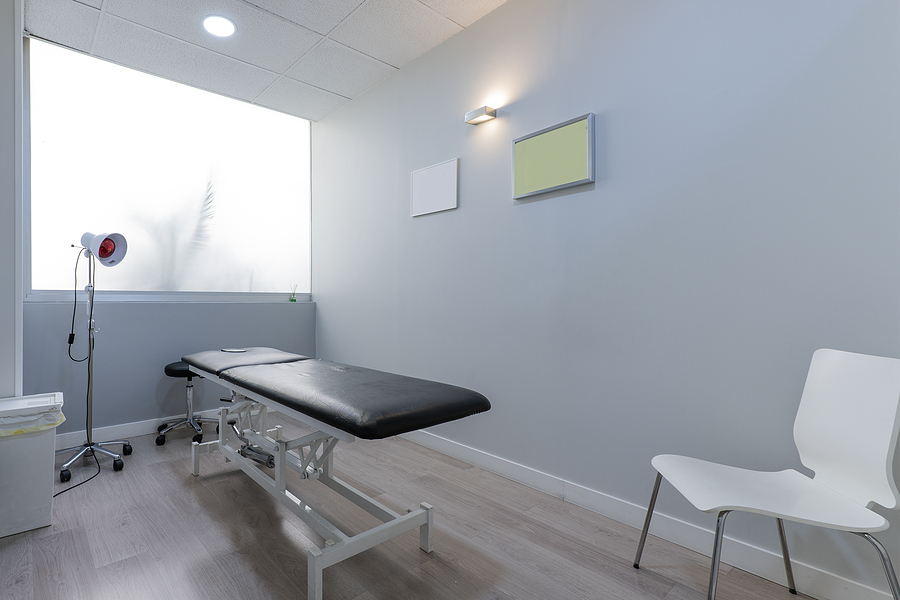Although we usually think of massage as a great way to relax, massage has also been an accepted form of therapy in the sports world for many years. The benefits of massage when recovering from injuries or dealing with muscle soreness is well-known. More recently, the general public has begun looking to massage as part of integrative medicine practices. Integrative medicine combines conventional treatment with non-traditional but complementary treatments including acupuncture, yoga, meditation, and massage.
There are several different types of massage, including, but not limited to:
- Swedish
- Hot stone
- Reflexology
- Aromatherapy
- Deep tissue
- Medical
- Manual lymphatic drainage
- Neuropathy
- Myofascial release
For those suffering from chronic pain related to autoimmune diseases like rheumatoid arthritis, psoriatic arthritis, and lupus, massage therapy can provide much-needed pain relief without a prescription.
When it comes to integrative medicine, medical massage, and deep tissue massage are two of the most important tools the medical community has at its disposal. It’s important to know the differences between them, however, to understand which one is right for you.
What is medical massage, and when might you use it?
As the name suggests, medical massage focuses on a medical need. Although stress relief and relaxation are usually added benefits, the main purpose of medical massage is to treat health concerns like pain, inflammation, poor circulation, nerve compression, decreased flexibility, digestive problems and more.
Rather than massaging the entire body, medical massage targets areas of concern related to a specific medical diagnosis. For instance, psoriatic arthritis patients often experience joint pain in hands and feet, so a medical massage would likely focus on those areas instead of the neck and back. Different massage techniques like myofascial release, trigger point therapy, or neuromuscular therapy might be used depending on where the pain is located or what improved function you and your doctor are looking for.
Unlike other forms of massage, medical massage is usually part of an overall treatment plan, developed with a doctor, that will often include a series of visits at specific intervals, rather than a single visit to address an immediate flare-up of symptoms.
What is deep tissue massage and when would you use it?
Deep tissue massage techniques use slow, deep strokes to apply sustained pressure, targeting the inner muscle layers, tendons, bones, and joints. This massage technique is most often used to treat musculoskeletal issues like strains or sports injuries. The main focus is to break up scar tissue, reduce muscle tension, increase blood flow to the injured areas, and reduce inflammation. Increased blood flow can also improve mobility and flexibility and increase the range of motion of joints, reducing stiffness that might occur with certain types of arthritis.
While medical massage usually focuses on particular areas of the body, a deep tissue massage might address the entire body, especially if you suffer from systemic autoimmune diseases like lupus or rheumatoid arthritis.
Schedule a Massage and Get Relief Today!
Advanced Rheumatology of Houston specializes in the diagnosis and treatment of a number of chronic, autoimmune conditions. As part of their commitment to holistic health for their patients, the clinic also offers massage services, including Swedish, deep tissue, and medical massage among others, which can provide pain relief, reduce inflammation, and increase mobility as well as relax and energize the body. Call us today at (281) 766-7886 to schedule a massage and experience all the benefits of massage for yourself.



